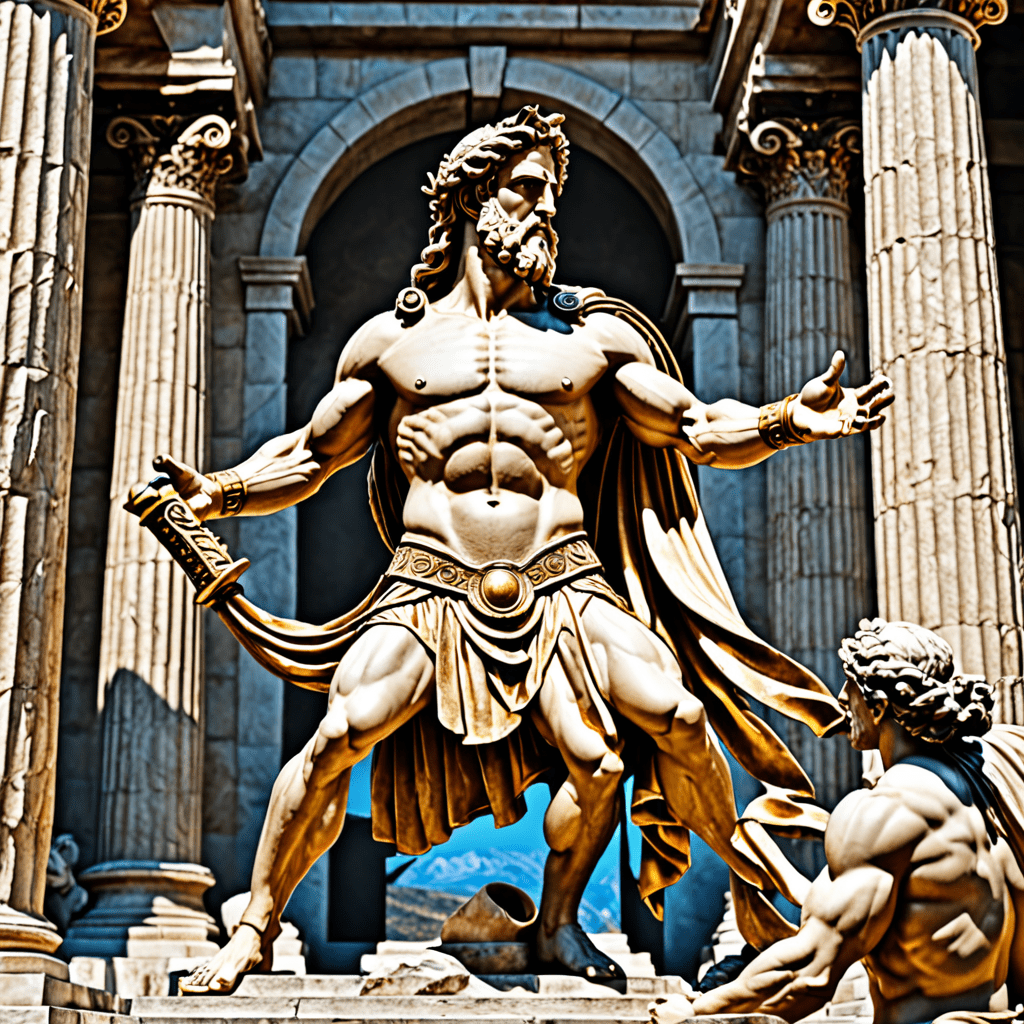Origins and Significance
Shape-shifting, the ability to transform into an animal or a different form, holds a prominent place in Native American mythology. This belief stems from the deep connection between Native American cultures and the natural world, where animals were revered as spiritual beings. Shape-shifting was seen as a sacred power, used for protection, healing, or communication with the spirit world.
Coyote and the Raven
Coyote and Raven are two prominent trickster figures in Native American mythology. Coyote, known for his cunning and mischief, often uses shape-shifting to outsmart his opponents. Raven, a creator figure, is also associated with shape-shifting, which he uses for creation and transformation. These tricksters represent the fluidity and unpredictability of life, embodying the belief that change and adaptation are essential for survival.
Animal Spirit Guides
Native American tradition recognizes animal spirit guides as protectors, messengers, and teachers. These spirit animals can manifest as guides or helpers, guiding individuals through life's challenges and offering spiritual support. The ability to shape-shift into an animal spirit guide allows individuals to embody the animal's power and wisdom, gaining insight and protection from their animal counterparts.
The Corn Mother
The Corn Mother, a central figure in Native American mythology, represents the earth's bounty and fertility. She is often depicted as a young woman who transforms into a cornstalk, symbolizing the life-giving power of nature. The Corn Mother's shape-shifting abilities embody the cyclical nature of life, death, and rebirth, ensuring the survival and prosperity of her people.
The Sacred Trickster
Tricksters, such as the Coyote and Raven, play a significant role in Native American mythology as agents of chaos and change. Their shape-shifting abilities allow them to challenge social norms, break boundaries, and bring about new perspectives. The Sacred Trickster represents the importance of adaptability, flexibility, and the recognition that the world is not always as it seems.
Shapeshifting as a Shamanic Ritual
Shape-shifting was often practiced as a shamanic ritual in Native American cultures. Shamans, spiritual healers and intermediaries between the human world and the spirit world, believed they could transform into animals to gain access to other realms, communicate with spirits, and bring healing or guidance to their communities.
Contemporary Interpretations
In contemporary times, the legend of the shape-shifters continues to inspire artistic expressions and cultural practices among Native American communities. Artists draw upon these ancient beliefs to create transformative works that explore themes of identity, heritage, and the interconnectedness of all living beings.
Cultural Impact and Legacy
The legend of the shape-shifters has had a profound impact on Native American culture and society. It shaped religious beliefs, influenced storytelling traditions, and provided a framework for understanding the natural world. Today, these stories continue to be passed down through generations, preserving the cultural heritage and spiritual traditions of Native American peoples.
FAQ
What is the significance of shape-shifting in Native American mythology?
Shape-shifting is seen as a sacred power that represents connection to the natural world, communication with spirits, and the ability to transcend physical limitations.
Who are some of the most famous shape-shifters in Native American mythology?
Coyote, Raven, and the Corn Mother are well-known shape-shifters in Native American mythology.
How is shape-shifting used in shamanic rituals?
Shamans believed they could transform into animals to access other realms, communicate with spirits, and bring healing or guidance to their communities.
What is the contemporary significance of the shape-shifter legend?
The legend continues to inspire artistic expressions and cultural practices among Native American communities, exploring themes of identity, heritage, and the interconnectedness of all living beings.



